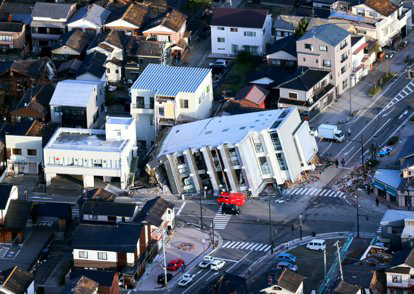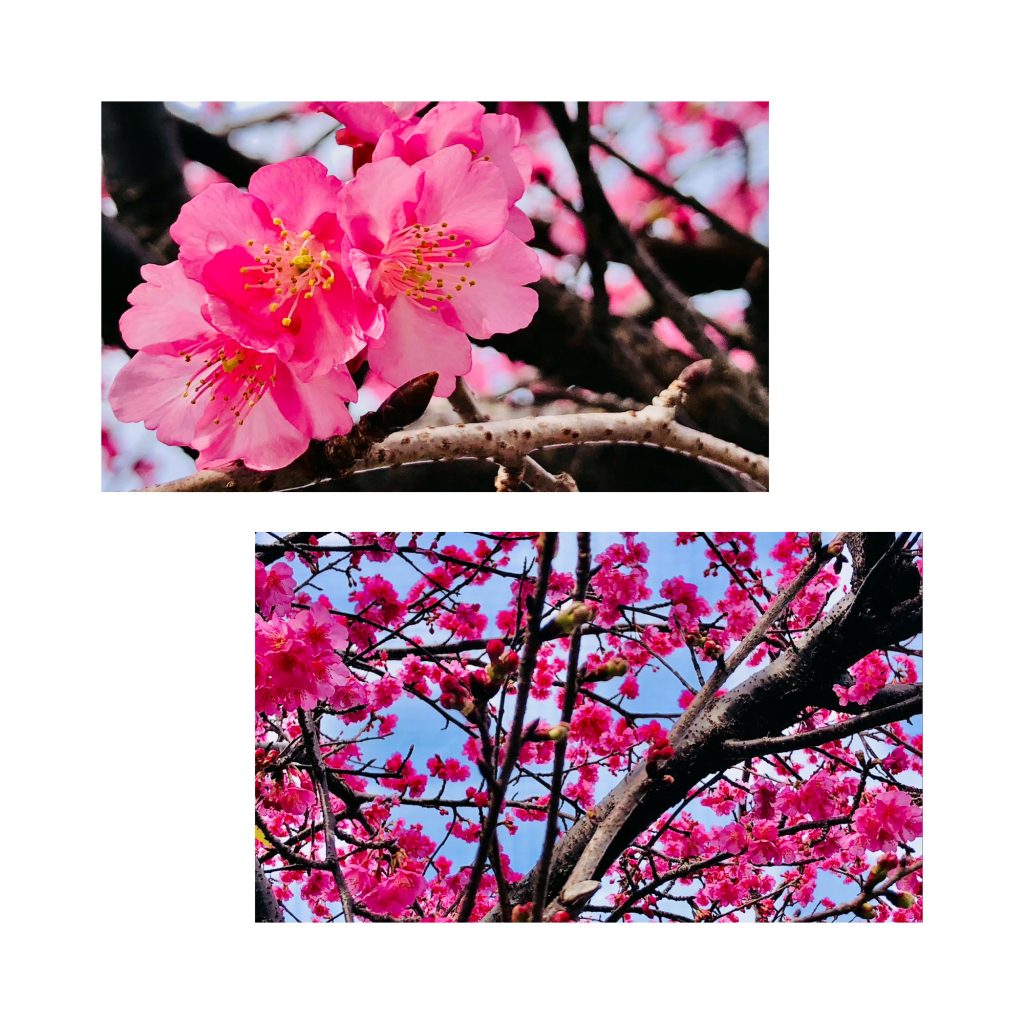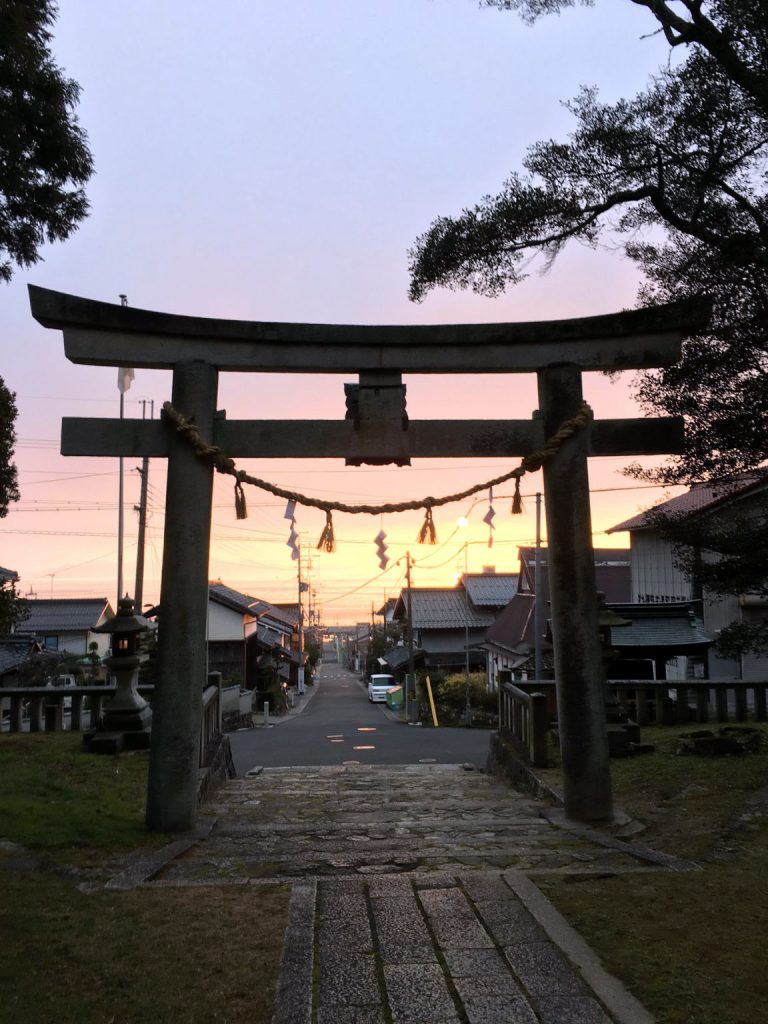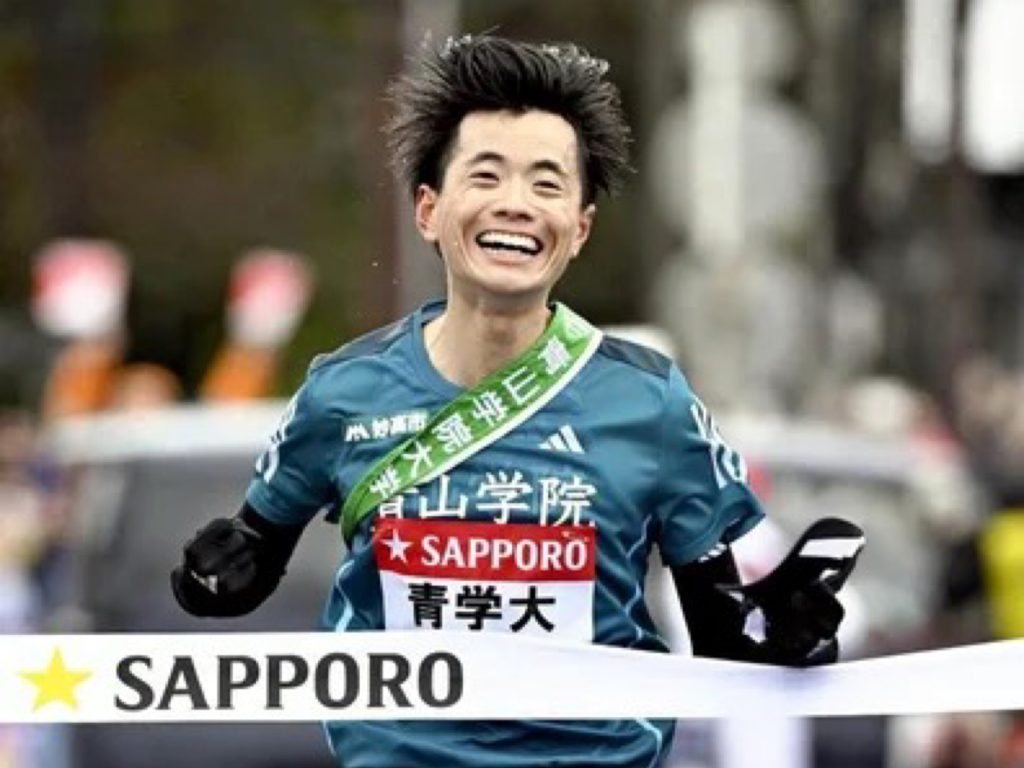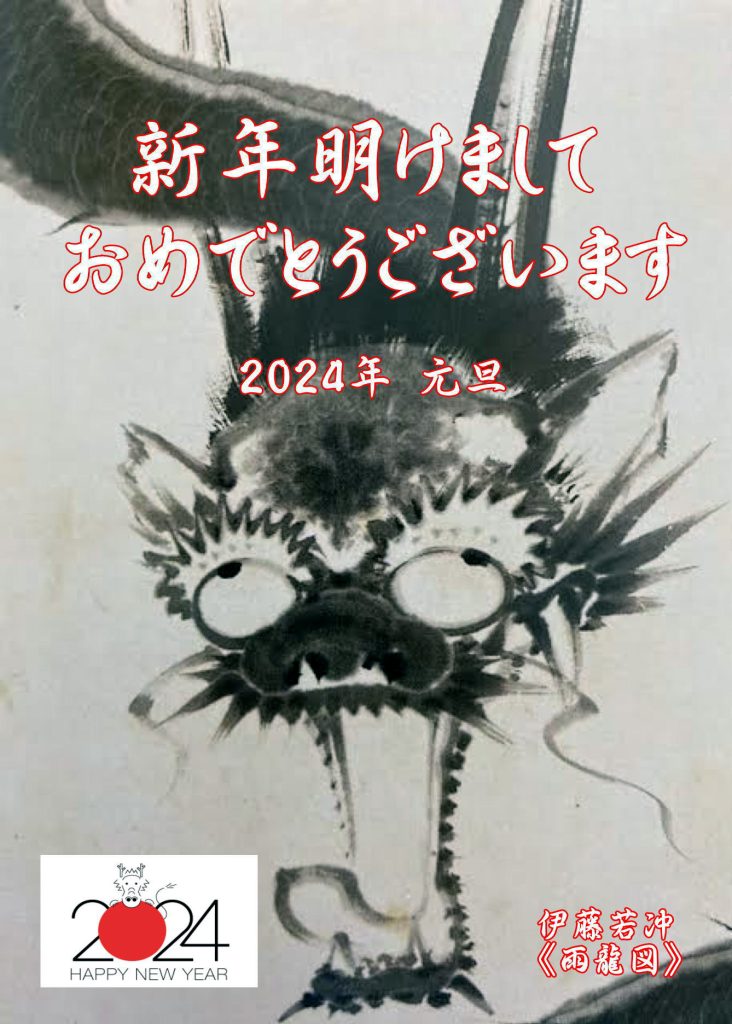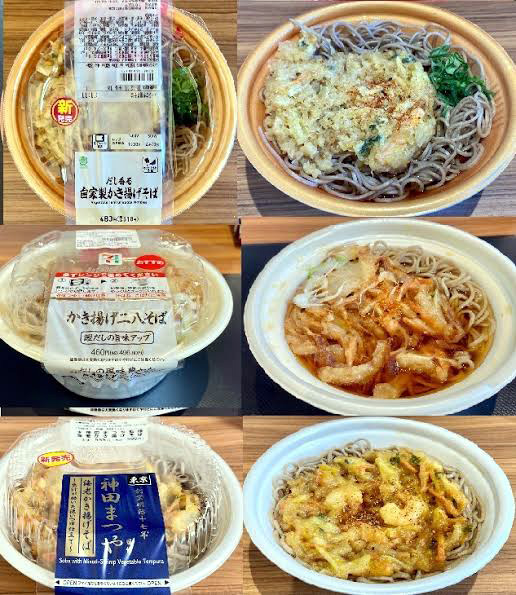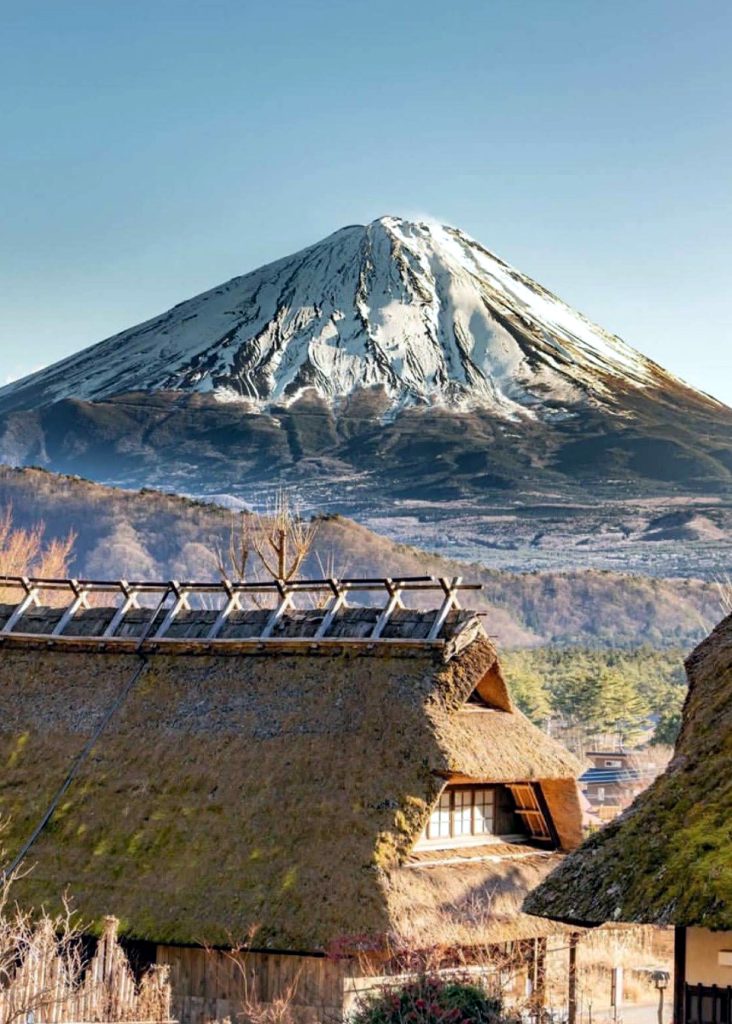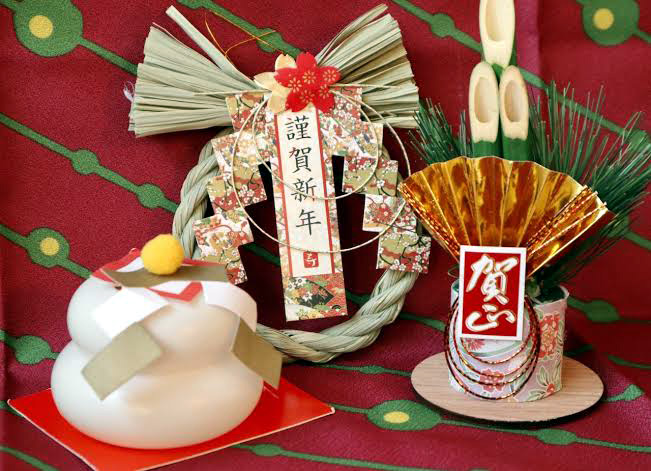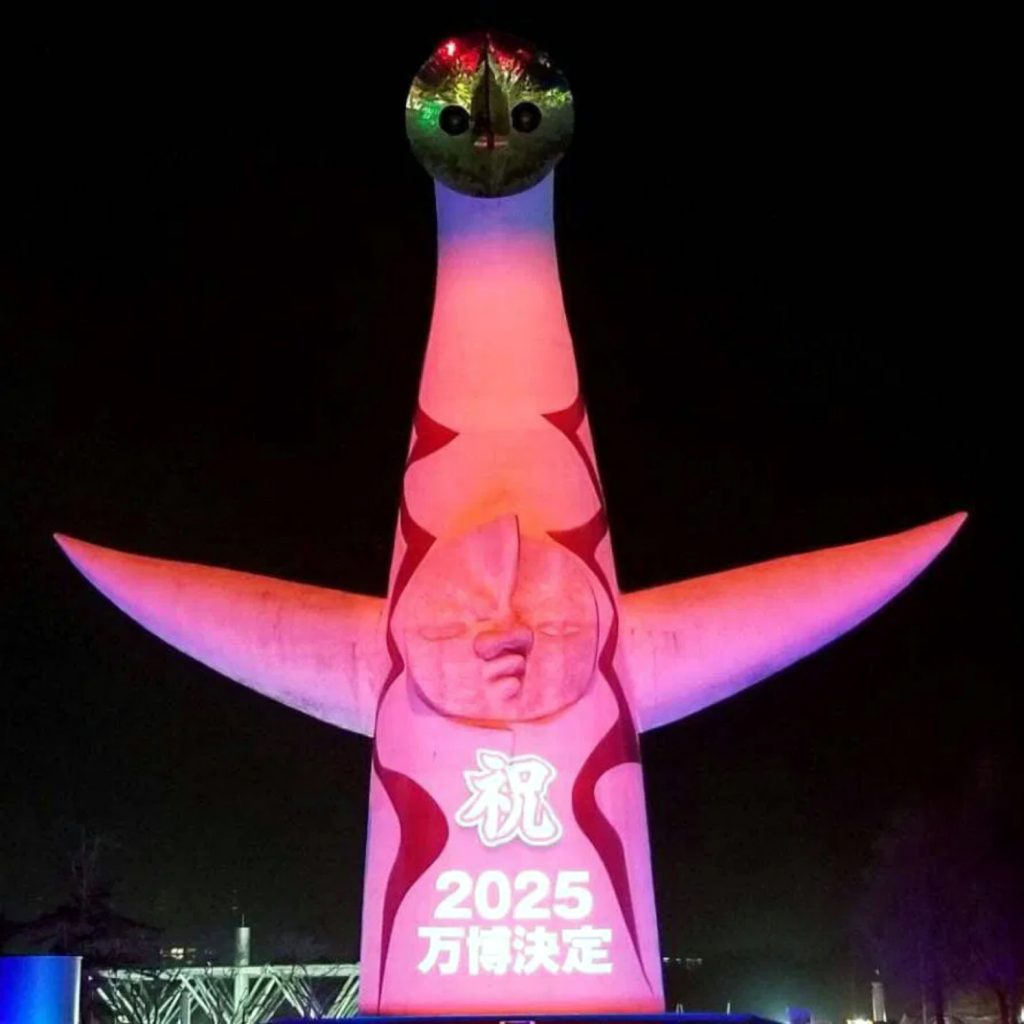
On the 5th, Tsuyoshi Shinjo, the representative secretary-general of the Keizai Doyukai, spoke at a joint press conference of three economic organizations, addressing the serious labor shortage in the construction of the Osaka-Kansai Expo venue amidst the aftermath of the Noto Peninsula earthquake. He stated, “The damage from the earthquake is in a very difficult situation. The world should understand the prioritization of human lives,” and mentioned the possibility of postponing the Expo. Among the three economic organizations, Masakazu Tokura, Chairman of Keidanren, and Ken Kobayashi, Vice Chairman of the Japan Chamber of Commerce and Industry, argue that the Expo should proceed as planned. Five years ago, on November 23, 2018, in a General Assembly of the Bureau International des Expositions (BIE) held in Paris, Japan (Osaka) was chosen as the host country for the 2025 Expo. At that time, the “Tower of the Sun” in the photo was brightly lit in red. On December 3, 2020, two years later, the illuminated “Tower of the Sun” no longer displayed the message ‘Celebration 2025 Expo Decision’ as it had disappeared. This was due to the declaration of a state of emergency following the rapid increase in severe COVID-19 patients. With the occurrence of the “Reiwa 6 Noto Peninsula Earthquake” today, it is indeed an “emergency.” The Tower of the Sun continues to shine in red. The situation is critical, with the budget already exceeding twice the initial estimate, participating countries hesitating, and the construction industry showing 80% indifference. Is there truly significance in proceeding with the Osaka Expo, ignoring this “emergency,” when the majority of the population and the construction industry remain indifferent?
経済同友会の新浪剛史代表幹事は5日、経済3団体の共同記者会見で、大阪・関西万博の会場建設の人手不足が深刻になる中、能登半島地震が起きたことに絡み「震災の被害は大変厳しい状況にある。人命第一という考えを世界は理解してくれるはずだ」と述べ、万博延期の可能性に言及しました。経済3団体の内、経団連の十倉雅和会長と日本商工会議所の小林健会頭は予定通り開催すべきだと主張しています。5年前の2018年11月23日、パリで行われた博覧会国際事務局(BIE)総会で、25年万博開催国に日本(大阪)が選ばれました。その時真っ赤に灯ったのが写真の「太陽の塔」です。2年後の20年12月3日、再び赤くライトアップされた「太陽の塔」には『祝 2025万博決定』が消えていました。新型コロナウイルスの重症患者の急増で「非常事態」が宣言されたからです。「令和6年能登半島地震」が起きた今、まさに「非常事態」です。太陽の塔も赤く灯ったままです。すでに、予算が当初の2倍を超え、参加各国も尻込み状態など、万博開催を危ぶむ状況です。国民の多数も無関心、建設業界も8割が無関心で、果たしてこの「非常事態」を無視して大阪万博を強行開催する意義はあるのでしょうか。

